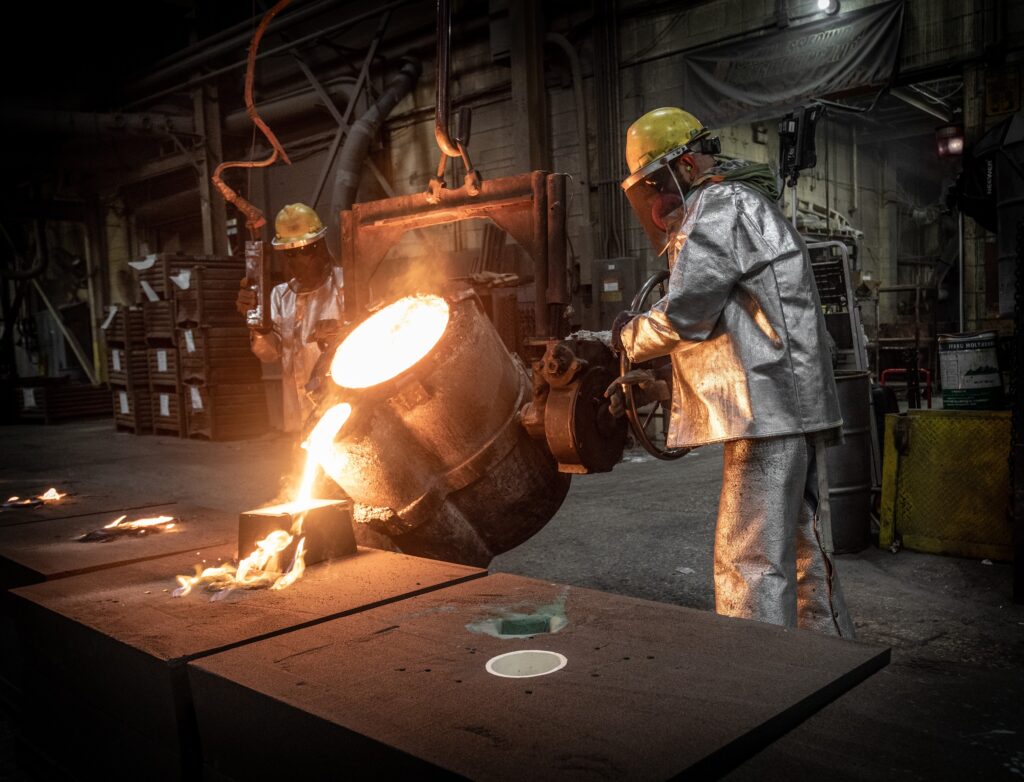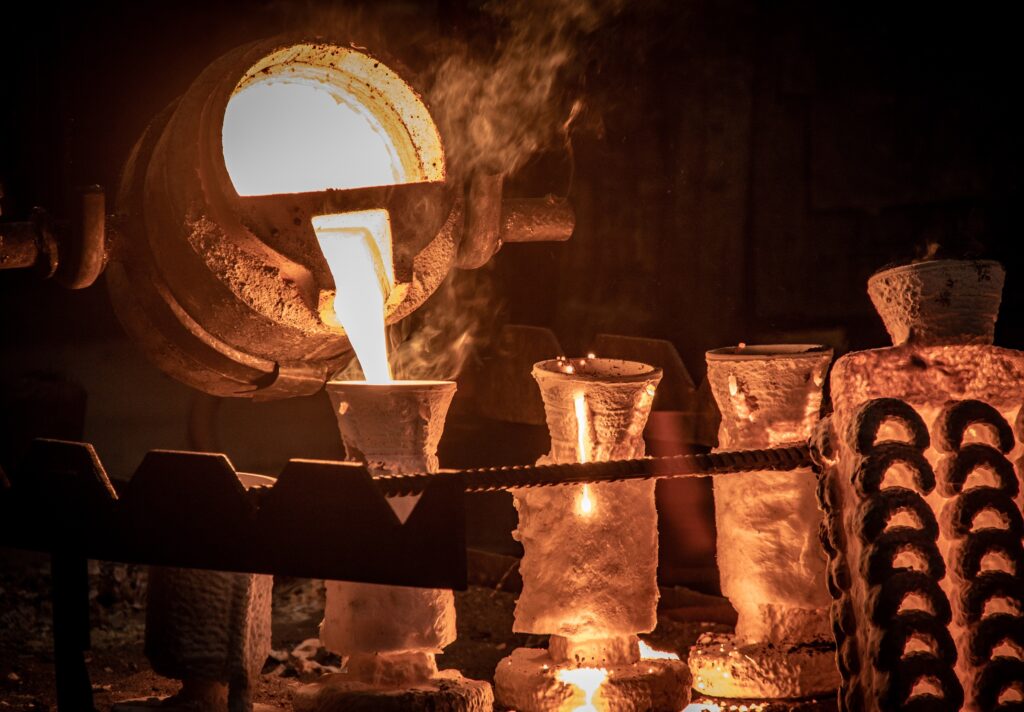While investment casting is ideal for highly complex designs – it can cast 1/8-inch walls at the thinnest and work with both ferrous and non-ferrous metals – investment casting does have weight and size limitations. It is typically more costly than sand casting. It also requires longer lead times, however this is relative since Stainless Foundry & Engineering offers some of the lowest lead times in the industry.
Sand casting achieves net shapes within a quarter of an inch and has a rougher surface finish. Parts can be machined to achieve the exact tolerance and look for the finished part. Sand casting is more versatile with size and weight capabilities than investment casting.
Any manufacturer, prior to requesting a quotation, should consider all of the advantages of each process and decide in the end which process will yield a finished product to the desired quality at the lowest cost. An investment casting may cost more upfront, but when calculating secondary costs of sand casting it may be a wash.
If you are considering the design of a new part to be cast, or weighing the options of sand or investment casting, please contact us. Our sales and engineering team can assist in determining which process would work best for you.


